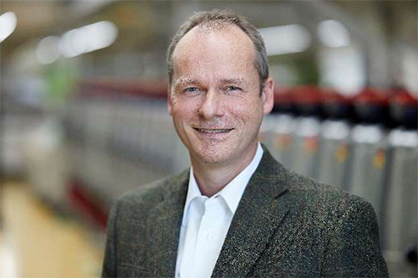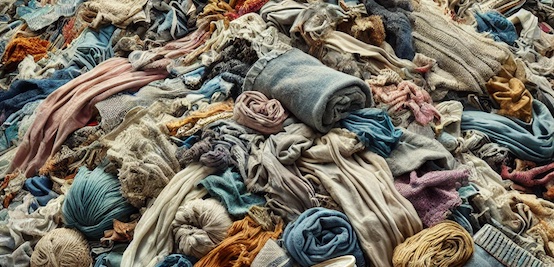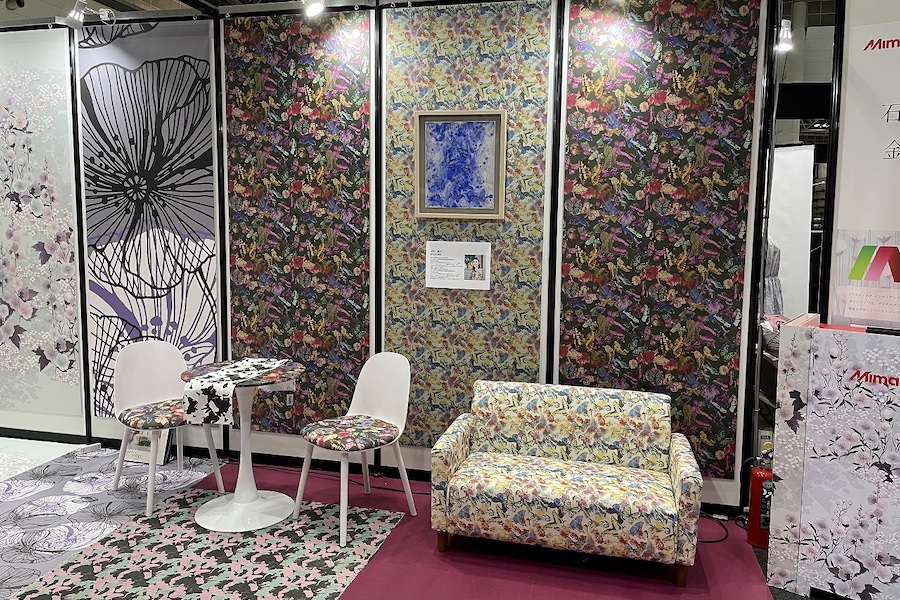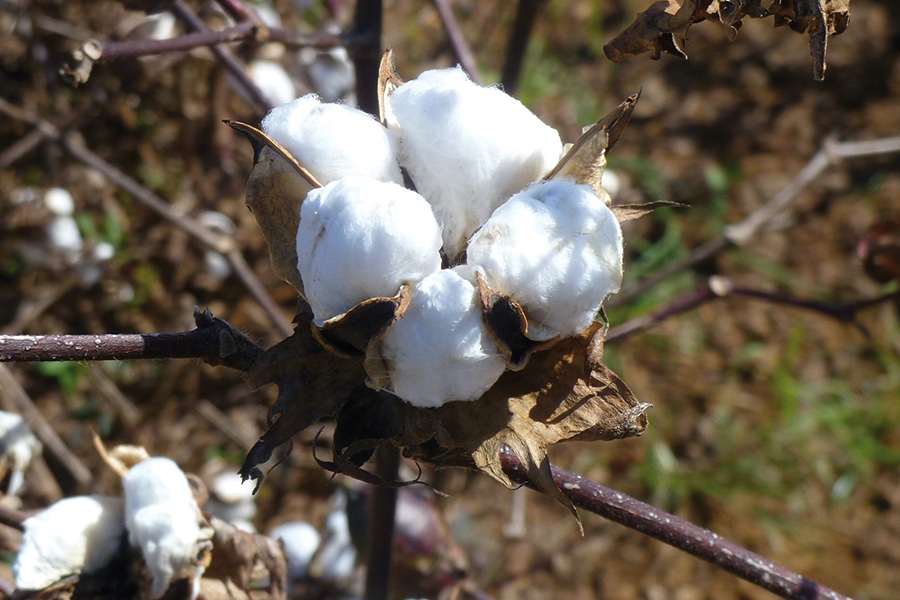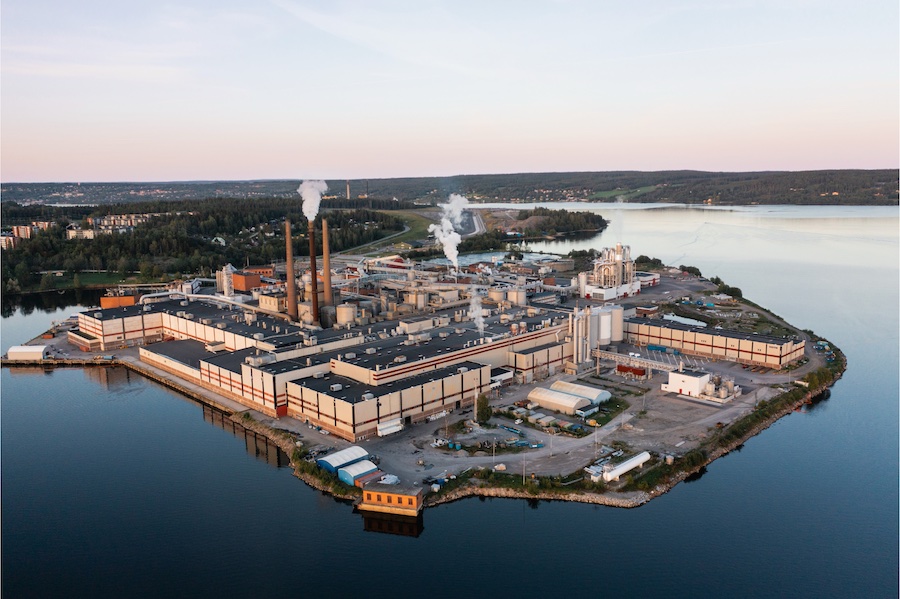#Techtextil 2022
Gebr. Otto presents a selected range of functional high-tech yarns at Techtextil 2022
Technical spinning mill with a specialised portfolio
Growing demand for technical yarns
“In the industry Gebr. Otto is mostly known for its cotton yarns and twines,” says Robin Hefter, who is in charge of technical textiles at Gebr. Otto. Cotton is the fibre that is mainly spun in the company’s spinning mill. It has been Gebr. Otto’s main line of business for over 100 years. The technical yarns that have been in the company’s product range for a good five years are, by contrast, still relative newcomers. They account for around 10 per cent of the company’s output, their share of which is on the increase. “Technical textiles have proved to be a growth sector in recent years,” Hefter explains, “and due to current political events demand for them has increased even further.”
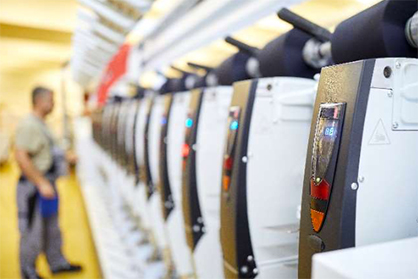
Portfolio with a protective character
That is a reference to personal protective equipment – clothing and gloves. Gebr. Otto’s high- performance functional yarns, many of which are based on high-tech fibres, are specially designed for use in this area. In addition to flame-retardant yarns made of meta-aramid Gebr. Otto processes antistatic or conductive fibres.
As a rule many chemical fibres are easily electrically chargeable without being able to discharge by themselves due to their low moisture absorption. That is why undesired discharges occur, maybe even the next time you shake hands. In some situations, they can be life-threatening. “Imagine the team at a pit stop in a Formula 1 race,” Robin Hefter says. “refuelling a racing car under pressure of time. There must not be a single spark, no matter how small.” That is why Gebr. Otto adds antistatic fibres to its technical yarns. They prevent electrostatic charging and offer safety not only to pit stop teams but also to filling station attendants. If electric conductivity is required, conductive fibres are added. And high-strength fibres are used if high or ultra-high tensile strength is required.
Colour fastness rather than safety is required when it comes to spun-dyed yarns. The fibres take up the pigments more homogeneously than if they are dyed as yarn. They are much more colour- fast and fade markedly less in sunlight because the pigment particles are better enclosed in the fibre.
Expanding regional technology chains
As at the last Techtextil, Gebr. Otto is again exhibiting at the BW-i stand in Hall 12.1 at Booth C80. BW-i stands for Baden-Württemberg international, the central location promotion of the state of Baden-Württemberg. “Many ingenious companies are in one place at this stand, and that ensures a good visitor resonance,” Robin Hefter says. The concept of regional networking is also alive and well at the BW-i stand. It is a concept that Gebr. Otto pursues in all areas of its corporate activity. In its cotton segment, for example, the yarn manufacturer promotes the Regio:Tex initiative.
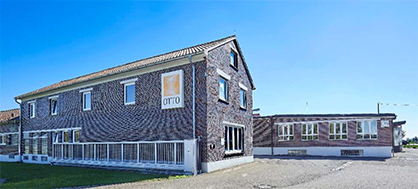
Together with seven other textile companies, the Südwesttextil industry association and the Sustainable Thinking consultancy Gebr. Otto aims to secure greater visibility and esteem for regionally manufactured textiles. The benefits are indisputable for technical textiles too, he says, citing an example. “A processor of our products is also based in the south of Baden-Württemberg. Distances are short and we can respond spontaneously if required. And as SMEs our structures are similar, which makes collaboration simpler.”
